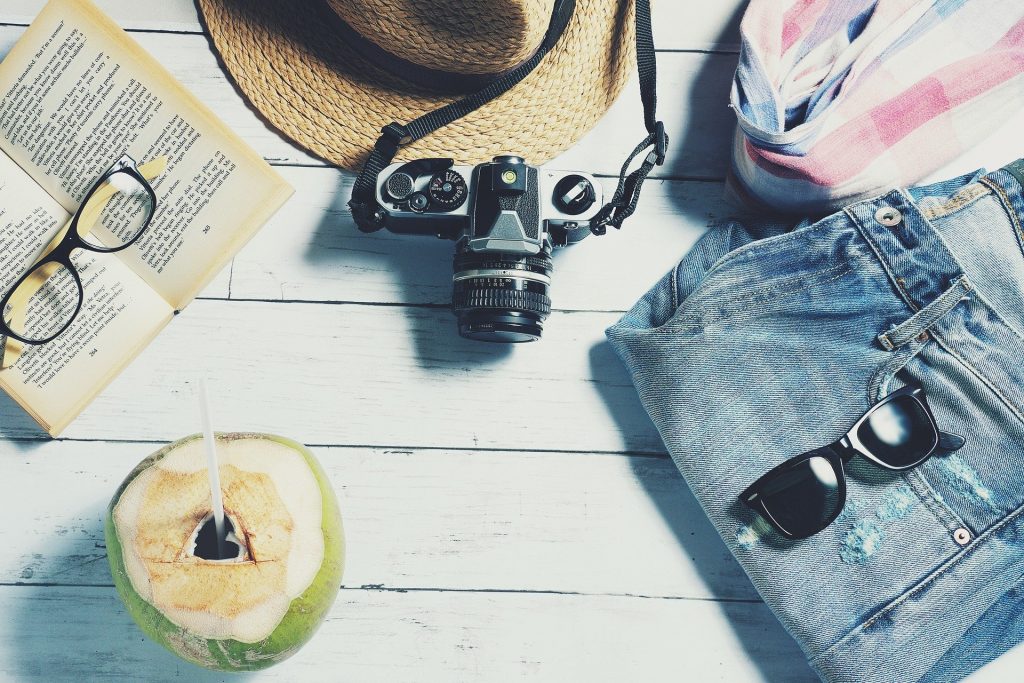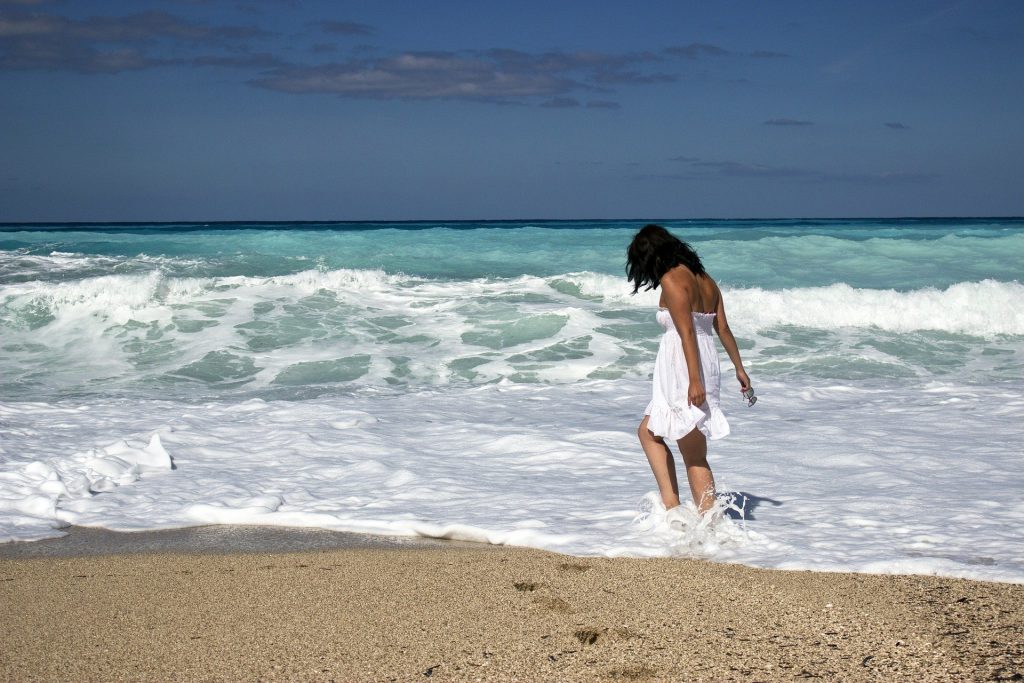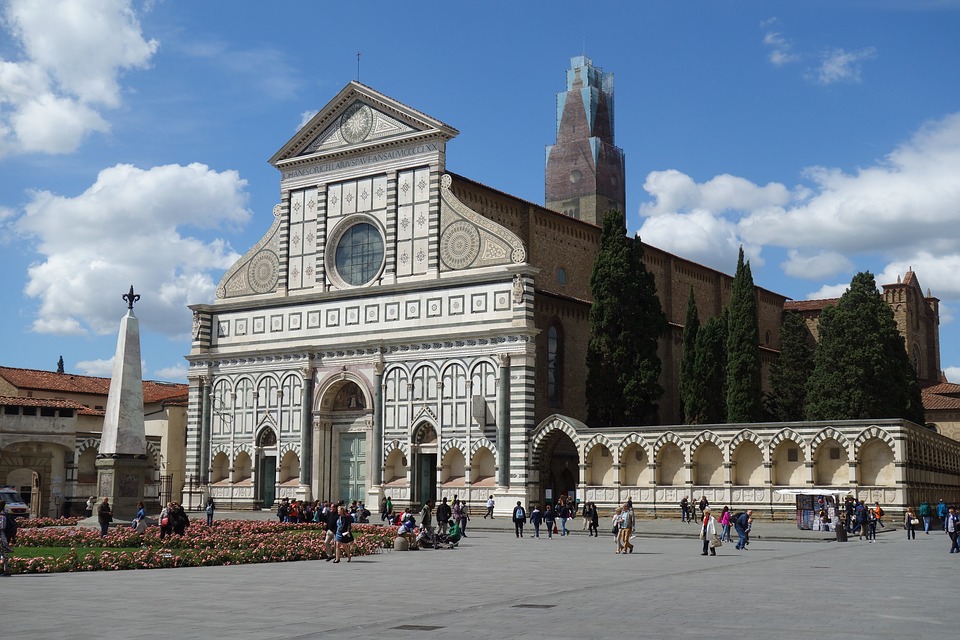Is traveling possible after the pandemic? Many Italians are asking for it now that, once the lockdown phase is over, attempts are made to slowly return to normal. Or at least hopefully, aware of doing it but respecting the anti-contagion rules dictated by the National Institute of Health. And so, after the long period of isolation, many are finally preparing to leave to reach the dreamed tourist destinations, meanwhile wondering what measures to follow during the trip, to prevent contagion and limit the risk of spreading the coronavirus. After all, who would ever want their holiday to turn into a nightmare? Here, therefore, a series of information and precautions to keep in mind to leave safely.

Travel in Italy, yes but with awareness
Traveling in Italy is therefore possible, but we must not forget that in some regions new cases of contagion continue to be reported. This should urge caution. “It is essential – can be read on the website of the Ministry of Health – to maintain high awareness of the general population on the fluidity of the epidemiological situation and on the importance of continuing to rigorously comply with all the measures necessary to reduce the risk of transmission such as individual hygiene and social distancing”.
With the holiday bonus everything is easier
Italian government thought about a way to encourage the desire of Italians to leave, with the holiday bonus, which was created to revive the tourism sector, on its knees after the coronavirus emergency. The concession, which can be requested until December, 31 2020, amounts to a maximum of 500 euros and is only for those who have an means-tested income – ISEE – equal to 40 thousand euros or less. The amount of the bonus varies depending on whether it is singles, couples or families who request it. These are the amounts foreseen: up to 150 euros for single-person households; up to 300 euros for those formed by two people; up to 500 euros for groups of three or more people).

The incentive can be requested through the “Io Italia” application, but it is necessary to have Spid credentials (public digital identity system) or electronic identity card. It can be spent in participating accommodation facilities (hotels, campsites, villages, bed & breakfasts).
And in Europe?
As we know, since June 3rd, travel to and from any member state of the European Union has been allowed. The same applies to Schengen Countries, including the United Kingdom of Great Britain and Northern Ireland, Andorra, the Principality of Monaco, the Republic of San Marino and the Vatican City State. Entry into Italy from non-EU or the Schengen Countries continues to be allowed only in cases of proven work needs and study reasons, absolute urgency and health reasons.

Travel safely with EU guidelines
As for travel, the European Commission has presented member states with a package of guidelines and recommendations. The Commission establishes the criteria for the safe and gradual restoration of tourism activities, but also the development of health protocols for hotels and other forms of accommodation, aimed at protecting the health of guests and workers. For a trip that is as safe as possible, the European Union proposes a series of measures. For example, it suggests that travelers avoid crowds by purchasing tickets and checking in online. It also invites travelers to wear the mask when it is difficult to keep social distance; to respect the social distancing during the security checks and boarding, storage and collection of baggage.

As for airports, stations and ports, these should ensure regular cleaning and disinfection and provide sanitizing products on board. Adequate ventilation should also be ensured and passengers should be avoided touching buttons or handles.
Traveling to and from abroad, some limitations
A few days ago the order signed by the Minister of Health Roberto Speranza, which provides for the ban on entry and transit in Italy to people who in the fourteen previous days have stayed or transited in the following countries: Armenia, Bahrain, Bangladesh, Brazil , Bosnia and Herzegovina, Chile, Kuwait, North Macedonia, Moldova, Oman, Panama, Peru, Dominican Republic. To allow an adequate level of health protection, direct and indirect flights to and from the aforementioned countries are also suspended.
Traveling with caution and respecting the rules
Railways, airports and ships are getting better equipped to offer greater safety to travelers, first of all to allow the distance between people and keep the environments constantly sanitized. On long-distance trains and at airports, temperature measuring is mandatory for everyone. If above 37.5 degrees, entry on board will not be allowed. For travel by car, the presence of only the driver in the front seats and a maximum of two passengers in the rear seats, both arranged at the sides, is allowed to ensure the distance of one meter, with the obligation of the mask all the way. These rules do not apply to members of the same family.

Accommodation facilities must also be able to protect their guests from any risk of contagion, especially by carrying out regular cleaning, disinfecting surfaces and ensuring a good ventilation system. Having said that, we can easily say that traveling after the coronavirus is possible, but always and in any case by keeping the attention on possible risks high and by putting into practice the recommended guidelines. So, have a good trip to those who will leave. And don’t forget to put in your suitcase the masks and the hand sanitizing gel, now inseparable companions of every day, essential to face a peaceful holiday.






